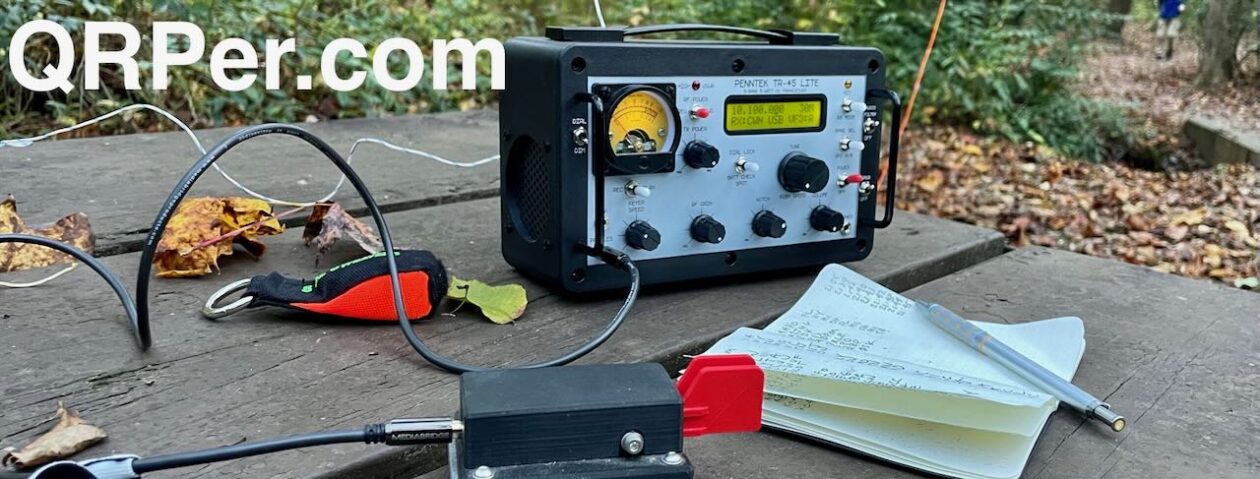 Someone asked me recently which activity I prefer more: Summits on the Air (SOTA) or Parks On The Air (POTA)?
Someone asked me recently which activity I prefer more: Summits on the Air (SOTA) or Parks On The Air (POTA)?
Truth is, I like both.
I like SOTA because I love hiking and playing radio on the summits of some pretty impressive mountains. I’m often treated to amazing views and the DX can be spectacular. I love the sense of accomplishment when the activation goes well and I’m back home later feeling a bit tired from a long hike. Good stuff!
I like POTA because it’s incredibly accessible (thus fits in my tight schedule easily). Many of the parks have great hiking trails, and there’s almost always a picnic table available making set up so much easier. Here in western North Carolina it’s almost a given that park picnic tables are surrounded by large trees and have a reasonable amount of space, thus POTA sites can be ideal for antenna experimentation.
I don’t typically experiment with antennas during SOTA because after hiking 2-3 hours to a summit, I feel pretty invested in the activation and the last thing I want to do is roll the dice with my antenna. With POTA, I can bring a few extra supplies or “plan B” antennas if something goes sideways. Plus, unlike parks, summits are often lacking in tall trees so I stick with shorter wire antennas and self-supporting verticals.
On the morning of October 20, 2021, I decided that I wanted to try a new antenna or an antenna I hadn’t used in quite some time. My intention was to dig out my Wolf River Coils TIA vertical, but when I reached into my antenna bag, I pulled out a nondescript Shure microphone pouch. I scratched my head for a moment…

For the life of me, I couldn’t remember what this was, so I opened it up and discovered a doublet inside! Not just any doublet, either–based on the use of a 35mm film canister in the antenna’s construction, I knew it had to be a creation of my buddy Eric (WD8RIF).

Then my memory kicked in. Continue reading POTA Field Report: Pairing the Elecraft KX2 with a stolen doublet at Table Rock Fish Hatchery! →
 Thursday, October 28, 2021 was a wet, rainy day but I wanted to do a POTA activation on the way back to the QTH after having visited my parents for a couple nights.
Thursday, October 28, 2021 was a wet, rainy day but I wanted to do a POTA activation on the way back to the QTH after having visited my parents for a couple nights.

















